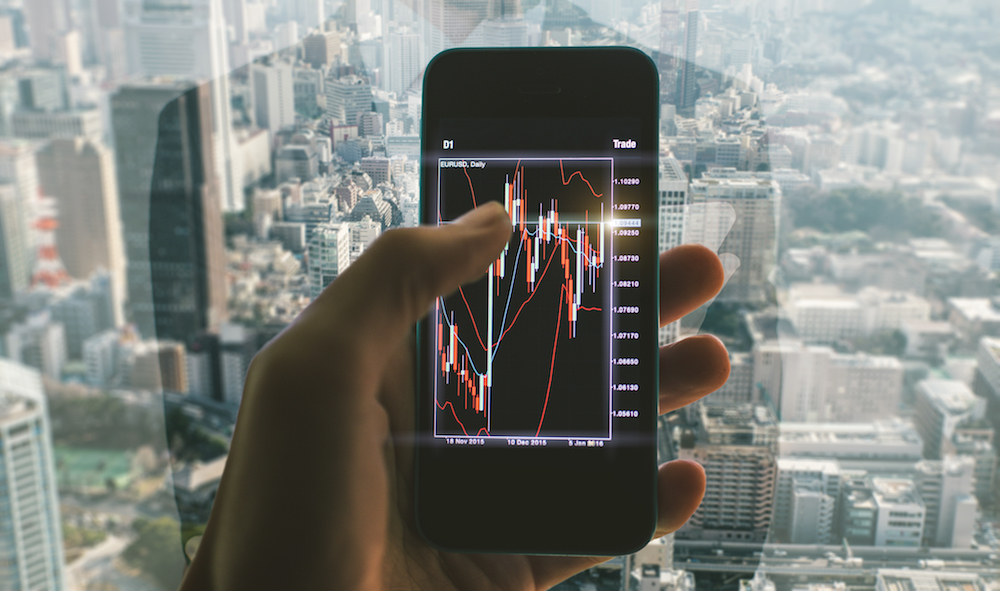 Forex trading is entertaining, but difficult. The craft of forex trading requires many skills – most important of all is analytical prowess. This is because you have to be an exceptional analyst in order to become a highly successful trader. Analytical skills are crucial in monitoring the rise and fall of prices and market trends so that you can make an informed decision on whether to open, modify or close orders. There are a number of ways that you can learn the strong analytical skills crucial for successful CFD trading, including enrolling in fields of study with universities or online courses.
Forex trading is entertaining, but difficult. The craft of forex trading requires many skills – most important of all is analytical prowess. This is because you have to be an exceptional analyst in order to become a highly successful trader. Analytical skills are crucial in monitoring the rise and fall of prices and market trends so that you can make an informed decision on whether to open, modify or close orders. There are a number of ways that you can learn the strong analytical skills crucial for successful CFD trading, including enrolling in fields of study with universities or online courses.
However, they say experience is the best teacher and this is certainly true when it comes to forex trading. You need to get as much practice as you can if you want to be the best and this is where a forex simulator comes in handy. It gives you the platform to train and gain that invaluable experience you need to succeed – the beauty of it being, you can learn without losing any of your hard cash if you play on a demo account.
Forex simulator software refers to types of trading platforms which can simulate real trading market conditions. The forex simulator manages to create an ultra-realistic trading session and present it to the trader. Using this forex simulator, you can actually practice trading by opening, modifying and also closing trades.
Each forex simulator consists of four key components:
In general, there are two types of forex simulators. The first one is a simple platform which emulates real trading markets. The second one is a bit complex in the sense that it is far more realistic. In order to decipher between the simple forex simulator and the complex forex simulator, you need to observe and check for the following:
Real market environment
The most important factor when it comes to identifying forex simulators that project a real market environment is to look at the pricing feed. Simple forex simulators do not come with a live pricing feed. While the prices change constantly, they do so under the influence of pseudorandom generators in the form of software employed to ensure that prices frequently change. Complex forex simulators, on the other hand, come with live pricing feeds. These feeds correspond with the real market environment.
Flexible deposit amount
As alluded to before, a good forex simulator is one which comes with a demo mode. Simple forex simulators often include demo modes but tend not to be sufficiently advanced. They may restrict you from doing certain necessary things such as adjusting the paper amount. Complex forex simulators, however, come with advanced demo modes and it’s important to fully utilize their features. Being able to adjust the paper amount is important for one main reason: you are able to effectively test different strategies.
Some, if not all, effective strategies require that you incorporate margin levels, take-profits and stop-losses. Therefore, it is imperative that you go for the paper amount that is close to what you expect to play with when you use the real trading platform.